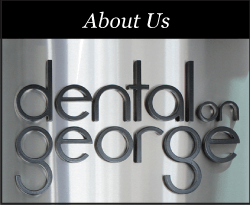As your child’s teeth fall out and their adult teeth begin coming in, it’s time to get all the facts about braces. When your dentist lets you know that enough adult teeth have come in, he will establish a plan to address any irregularities that may be present.
Firstly the dentist will have to identify what type of malocclusion (imperfect positioning of the teeth when the mouth is closed) is present. The four types that may occur are Overbite, Underbite, Crossbite, Overcrowding.
An overbite is when the upper teeth stick out further than the lower teeth and may also completely cover them; an underbite is when the lower teeth stick out further than the upper teeth, causing a jutting out of the chin; a crossbite is when some of the upper teeth fall behind the lower teeth when the mouth is closed; and overcrowding is when the teeth have insufficient room when they erupt and they become rotated.
Our orthodontically-experienced dentists like to take before, during and after photos so that they can assess just how well the treatment is going and to see the changes that the treatment is having on the patient’s face.
The second step of the process after all of the planning has been addressed, is the treatment itself. Most commonly the treatment plan will be addressed using traditional fixed braces that attach to the front of the teeth, connected by an archwire.
Another type is the removable device such as the Invisalign system. Although they are removable, they still need to be worn for a specific amount of time each day to achieve efficacy.
In any case, the dentist will have to regularly adjust the device to make sure that the correct pressure is being applied and that the treatment is on track.
The final step is retention of the results. After the teeth have all achieved their correct places, and the braces have been removed, the hard part is over and the dentist will create a customized retainer that will need to be worn for specific amounts of time each day. This will keep the teeth from drifting while the jawbone reforms around the realigned teeth, locking them permanently in place.









